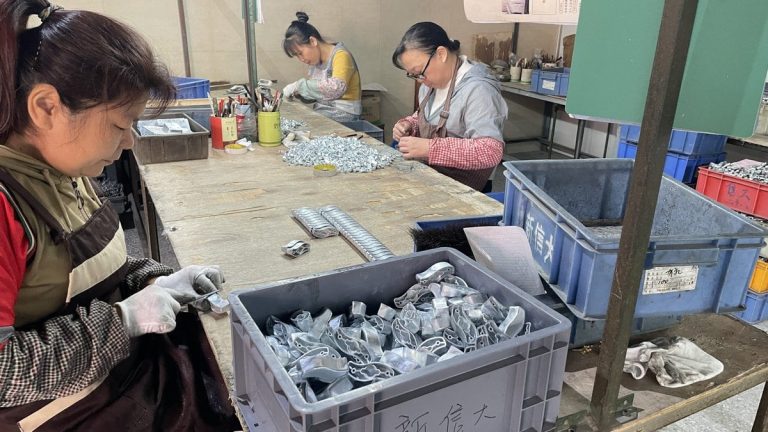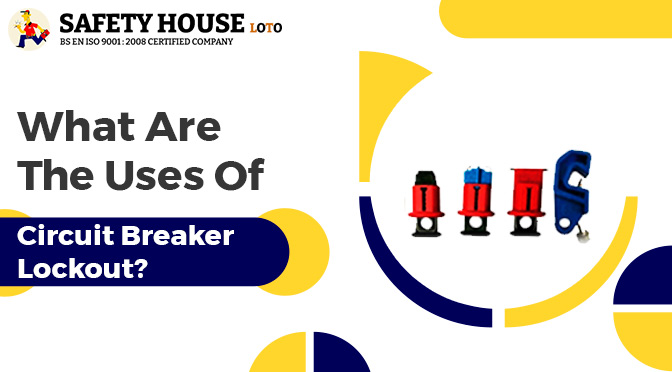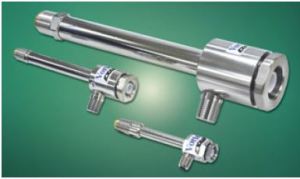What are Pop Rivets?
What are Pop Rivets?

Pop rivets, POP® rivets, blind rivets – they’re fundamentally the same thing. So why the different names?
Just like biro and Bic, vacuums cleaners and Hoovers, or tissues and Kleenex, the brand name has become synonymous with the product. So much so that no one really bothers to make a distinction any more.
The common name ‘pop rivets’ describes the sound that these rivets make when applied with a rivet gun. But the name ‘blind rivets’ gets more to the point of what they are actually for.
That’s the story behind the name. Now let’s take a closer look at what pop rivets are actually for.
What are pop rivets used for?
Pop rivets were designed for use where you cannot see or access the back of the material that is being riveted. Before the invention of blind rivets it was not possible to rivet on a project that required access to both sides.
To understand how these ingenious fasteners work, you need to know the name for the different parts on it. The two main parts are the shank (the wider part), and the mandrel (the thinner part).
The shank end of the rivet is installed into a pre-drilled hole. A riveting tool or rivet gun, presses against the rivet head, and pulls the mandrel out from the shank. The wider end of the mandrel forces the shank to expand on the ‘blind’ side that you cannot reach. It expands to the point that it can’t be pulled out.
As the rivet gun is pulling the mandrel and the mandrel head is forcing the shank to expand, the mandrel head snaps off at a pre-made point, making the distinctive ‘pop’ sound.
Advantages of pop rivets
The first and most significant advantage of pop rivets is that they enable you to rivet a material even if you can’t reach the back side of it. They have the additional benefits of being inexpensive, and relatively quick and easy to install, compared with alternatives such as welding.
There are some disadvantages to be aware of. Rivets are not easy to remove, and removal can result in damage. This means that rivets should be avoided if you are likely to need access to the space behind the riveted material. Also, because a rivet gun requires some force, it is sometimes difficult to hold the rivet gun square to ensure that rivets go in perfectly straight.
Types of pop rivets
Shop4Fasteners stock an extensive range of standard and specialist blind rivets in different materials, as well as riveting tools, rivet washers, and river drills and countersinks. Browse the following categories on our website:
– Dome head rivets
– Large flange head rivets
– Countersunk head rivets
– Multigrip rivets
– Sealed cap rivets
– Peeled rivets
– Triform rivets
– Structural rivets
– Grooved rivets
– Coloured rivets
Still not found what you’re looking for? Get in touch and we will do our best to source the particular rivets that you need.


